In recent years, the breakthrough in product/technology, the continuous deepening of application scenarios, the introduction of industry standards, and the continuous improvement of upstream and downstream market demand have driven the sensor industry to become more mature. Nowadays, “there is no modern science and technology without sensors†has become a recognized viewpoint in the world.

Perception is the pioneering technology of the Internet of Things. To ensure the stable operation of the Internet of Things, it is inseparable from the blessing of many sensing technologies. One of the most critical technologies is the sensor.
As the “touchers†of the Internet of Things, sensors play a vital role in today's information age. At present, the sensor has penetrated into many fields such as industrial production, environmental protection, bioengineering, medical testing, etc., and is increasingly becoming intelligent, miniaturized, and digitized.
New products have been launchedNowadays, “there is no modern science and technology without sensors†has become a recognized viewpoint in the world. Countries have put sensors at a higher position, and no one wants to lag behind in developing the sensor industry.
Shenzhen Advanced Institute and other development of black phosphorus fiber sensor
The Shenzhen Institute of Advanced Technology of the Chinese Academy of Sciences and the University of Bangor in the United Kingdom have successfully developed the first black phosphorus-based fiber chemistry sensor to achieve ultra-sensitive detection of heavy metal ions. It is reported that this is the first time the research team has combined black scales and tilted fiber gratings, and a new type of ultra-sensitive chemical sensor was born. The successful development of the new black phosphorus fiber sensor will provide a superior optical detection platform for chemical and biological sensing, thus promoting the application research process of black phosphorus chemical biosensor.
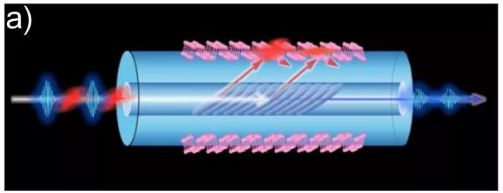
Black phosphorus tilted fiber grating device and its optical modulation diagram
South Korea develops next-generation nano-semiconductor image sensor
At the same time that the research results of the Chinese Academy of Sciences were made public, the Korea Academy of Science and Technology also had new gains.
The Korea Institute of Science and Technology and Yonsei University have developed a photodiode device that can sense light from ultraviolet to near-infrared light using a two-dimensional structure of a two-dimensional tungsten selenide nano-single chip and a one-dimensional zinc oxide oxide semiconductor nanowire. .
The findings were published in the international academic journal Advanced Functional Materials. The two-dimensional components used by the research group have the characteristics of high light response performance and high hole mobility, and are P-type semiconductor components. One-dimensional zinc oxide nanowires are one of the best one-dimensional nano-semiconductors, and have high electron mobility characteristics, and are expected to be applied to high-performance electronic component N-type semiconductor components. A one-dimensional two-dimensional mixture is formed to form a two-dimensional structure (PN type) of a mixed dimensional space, and a photodiode element is developed.
The research team said that the study successfully implemented two-dimensional images and is expected to be widely used in a new generation of image sensor components in the future.
Graphene sensors embedded in radio frequency identification systems (RFIDs)
Researchers at the University of Manchester have recently designed graphene sensors embedded in radio frequency identification systems (RFIDs) that will potentially revolutionize the Internet of Things. This new development can provide a variety of applications, such as battery-free intelligent wireless monitoring for manufacturing processes that are sensitive to humidity, food safety, health care and nuclear waste.

Graphene sensor embedded in radio frequency identification system
In addition, a new intelligent MOF photonic sensor has been developed at the University of Oxford, and a quantum sensor has been developed in Germany for use in micromagnetic fields.
main applicationIntelligent sensors have been widely used in aerospace, aviation, defense, technology and industrial and agricultural production. For example, it has broad application prospects in the field of robots. Intelligent sensors enable robots to have humanoid facial features and brain functions, which can sense various phenomena and perform various actions.
In industrial production, the use of conventional sensors does not allow rapid and direct measurement of certain product quality indicators (eg, viscosity, hardness, surface finish, composition, color, and taste) and online control. The intelligent sensor can directly measure certain quantities (such as temperature, pressure, flow, etc.) in the production process that are functionally related to the product quality index, and use the mathematical model established by the neural network or expert system technology to calculate, and the product can be inferred. the quality of.
With the in-depth development and continuous breakthrough of sensor products and technologies, the sensor application market continues to deepen. Among them, the field of fingerprint recognition and automatic driving has been favored by the industry, and the robot and medical industry may become the emerging fertile ground for future sensor development.
Specifically, in the field of automatic driving, due to the limited space of the car body itself, it is obviously difficult for ordinary sensors to meet the new demands put forward by the times. At this time, the advantages of smart sensors are highlighted. Compared with traditional sensors, smart sensors not only achieve accurate data acquisition, but also control costs within a certain range. In addition, its automation capabilities and diverse functions add a lot to smart sensors.
For example, Google Cars uses sensor technology in addition to sensors used in laser scanners, such as cameras, radars, and inertia. At present, the more common sensors used in self-driving cars are laser radar, image sensor, millimeter wave radar and so on.
Autopilot is just one of the sensor application scenarios, and another big favored application market is fingerprint recognition. In the past two years, the development speed of smart phones has been very rapid, and the adoption of fingerprint recognition has become an essential function of public-brand smartphones. According to relevant data, in 2016, the fingerprint sensor was almost 700 million, and the compound annual growth rate was over 133%.
With the continuous development of smart products such as smart phones, wearable devices, and smart door locks equipped with fingerprint recognition, the fingerprint sensor market will usher in a brighter future.
Multiple industry standardsStandardizing the market order is an important guarantee for the healthy development of the industry, and the sensor market is no exception. On the basis of existing talents, markets, technologies and other basic resources, it is necessary to accelerate the development of sensors, the introduction of favorable policies and the formulation of industry standards.
In the past few years, relevant policies on the development of the sensor industry have been numerous. For example, in 2011, China Electronic Components Association issued the "12th Five-Year Plan for Electronic Components in China"; in 2012, the "Twelfth Five-Year Plan for the Internet of Things" promulgated by the Ministry of Industry and Information Technology also highlighted the development of micro and smart sensors and wireless sensors. Network related work.
In 2015, the “Made in China 2025†strategy was again mentioned, pointing out the direction for the development of the sensor industry; then in July 2016, the “13th Five-Year National Science and Technology Innovation Plan†was introduced, emphasizing the R&D and innovation of new sensors.
In the blink of an eye, in 2018, the implementation of the series of industry standards will continue to “protect†the sensor industry. In 2017, the General Administration of Quality Supervision, Inspection and Quarantine and the National Standardization Administration approved 203 national standards and 10 foreign language versions of national standards. It is reported that these new standards will be implemented in 2018, which involves a number of instrumentation standards, including smart sensors, intelligent recording instruments, intelligent flow meters.
With the arrival of a number of new national standards, the sensor industry will usher in a new era of growth. In addition to the development trend of intelligence and digitalization, standardization may become one of the labels for sensor development.
Breakthroughs in product/technology, continuous application of application scenarios, the introduction of industry standards, and the increasing demand in the upstream and downstream markets have driven the sensor industry to become more mature. Perhaps this is the smart sensor known as the 21st world. The reason for the high-tech.
Industry chainThe smart sensor is a sensor with information processing function, and its greatest value is to organically combine the signal detection function of the sensor with the signal processing function of the microprocessor.
In the domestic smart sensor market, local companies are less competitive, and multinational companies account for 87% of the market. However, China's smart sensor industry ecology has also become more complete, design, manufacturing, packaging and testing and other key links have backbone enterprise layout.
Smart sensor industry chain
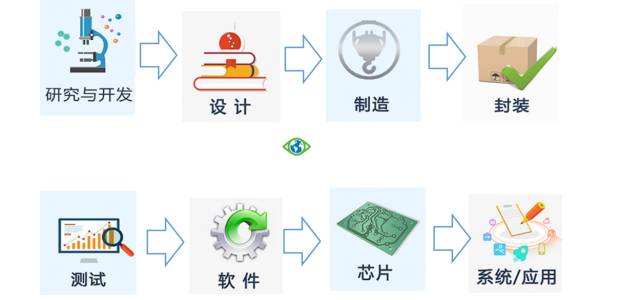
Research and development
The research and development of local intelligent sensor technology has begun. In China, such as Peking University, Southeast University, and 214 universities, research institutes have carried out in-depth technology research and development. At the same time, the research institutes represented by Shanghai Microsystems and Information Technology Research Institute and Suzhou Micro-Nano Center have established a smart sensor pilot service platform to promote domestic industry innovation and development.
Foreign: AT&T Bell Laboratories, IBM, IMEC Microelectronics Research Center, Microelectronics Institute, University of Virginia, University of Maryland, University of Michigan, University of California at Berkeley, MIT, National University of Singapore, Nanyang Technological University
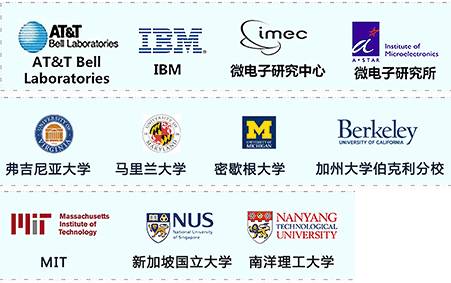
Domestic: Shanghai Institute of Microsystems and Information Technology, China Electronics Technology Group Corporation, Industrial Technology Research Institute (Taiwan), Peking University, Southeast University, China Ordnance Industry Group 214 Institute, Tianjin University, Chinese Academy of Sciences Microelectronics Institute, Institute of Electronics, Chinese Academy of Sciences Tsinghua University, Huazhong University of Science and Technology, Harbin Institute of Technology
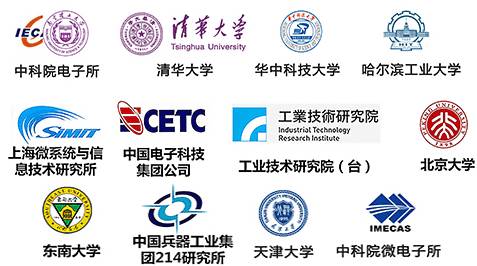
design
Foreign: Ying Meisheng, Lou's Electronics, Maradin, MicroVision, Qualtre, Maxim, Cirrus Logic, Murata Manufacturing, ST, Sony, Bosch, Broadcom, Qualcomm, Omron, Asahi Kasei Microelectronics, ADI, NXP, Infineon, Love Pukes, Honeywell.
Domestic: Meixin Semiconductor, Shendi Semiconductor, Goer Acoustics, Alum Sensing, AAC Technologies, Core Aowei, Minxin Microelectronics, Consonsk, Multidimensional Technology, Haowei Technology, Gecom Microelectronics, Sibi Branch, Huiding Technology, Mattel Technology, Silan Micro, Gold Infrared
manufacture
Foreign: Groffont, Teledyne DALSA, Epson, Semefab, Silex, Sony, Fraunhofer ISIT, Tronics, Bosch, ST, Asahi Kasei Microelectronics, ADI, NXP, Infineon, EPCOS, Honeywell.
Domestic: TSMC (Taiwan), SMIC, Lianhua Electronics (Taiwan), China Resources Shanghai, Shanghai Advanced Semiconductor, Huahong Group, Mina Technology, Silan Micro, Hanwang Microelectronics, AVIC Microelectronics, Guogao Micro System, from Germany infrared.
Package
Foreign: Amkor, Casio, Hana Microelectronics, Star Electronics, Unisen, UTAC, Boschman, Lou's Electronics, UBOTIC
Domestic: Riyueguang (Taiwan), AAC Technologies, Changdian Technology, Weisheng Company (Taiwan), Tongxin Electronics (Taiwan), Yipin Technology, Huatian Technology, Jingfang Technology, Nantong Fujitsu, Licheng Technology (Taiwan) , Nanmao Technology (Taiwan), Xinbang Technology (Taiwan), Goer Acoustics, Gushu Electronics, Hongguang
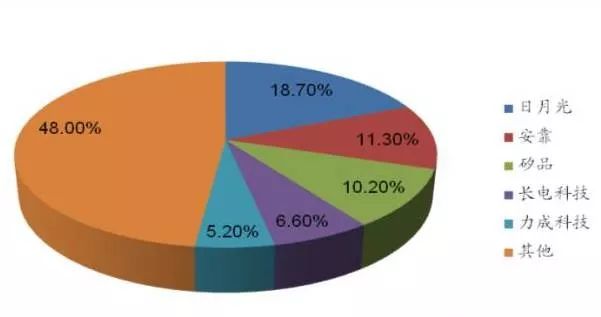
2015 global packaging test vendor market share
test
Foreign: Acutronic, ADI, EPCOS, NXP, Ying Meisheng, MaXim, Murata, ST, Sony, Lou's Electronics, Bosch, Omron
Domestic: Jingyuan Electronics (Taiwan), Shanghai Hualing, Goer Acoustics, Mesin Semiconductor, AAC Technologies, Shendi Semiconductor, Mattel Technology, Core Aowei, Gongda Electroacoustics, Haorui Technology

Sensor supporting software, chip, local layout, but compared to Bosch, Yingmei Sheng and other IDM sensor companies with software algorithms. And Qualcomm, Marvell and other traditional embedded chip companies, there is a big gap.
software
Foreign: Asahi Kasei Microelectronics, Ying Meisheng, Bosch, NXP, Kionix, Hillcrest Labs, Lou's Electronics, PNI Sensor, ST
Domestic: Nuo Yi Teng, Dingyi Digital Technology, Feizhi, Speed ​​Technology, Aisheng Technology, Minxin Microelectronics, Minghao Sensing, Shendi Semiconductor, Haorui Technology
chip
Foreign: Qualcomm, Broadcom, NVIDIA, Intel, Marvell, Apple, Samsung
Domestic: Spreadtrum, MediaTek (Taiwan), Lianxin Technology, Rideke Microelectronics, Haisi, Ziguang Guoxin, Zhuhai Actions, Xiaomi
system applications
In the downstream of the industrial chain, the Chinese market, especially the consumer electronics market, is extremely broad. At the same time, Huawei, ZTE, Xiaomi and other enterprises have strong innovation capabilities and strong system integration and innovation capabilities.
Foreign: Apple, Samsung, Google, LG, Nokia, Sony, Facebook, Dell, Microsoft, GoPro, Philips.
Domestic: Huawei, ZTE, OPPO, vivo, Xiaomi, HTC (Taiwan), Lenovo, Coolpad, 360, One Plus, TCL, Jinli, LeTV.
ZGAR FIT
ZGAR electronic cigarette uses high-tech R&D, food grade disposable pod device and high-quality raw material. All package designs are Original IP. Our designer team is from Hong Kong. We have very high requirements for product quality, flavors taste and packaging design. The E-liquid is imported, materials are food grade, and assembly plant is medical-grade dust-free workshops.
From production to packaging, the whole system of tracking, efficient and orderly process, achieving daily efficient output. We pay attention to the details of each process control. The first class dust-free production workshop has passed the GMP food and drug production standard certification, ensuring quality and safety. We choose the products with a traceability system, which can not only effectively track and trace all kinds of data, but also ensure good product quality.
We offer best price, high quality Vape Device, E-Cigarette Vape Pen, Disposable Device Vape,Vape Pen Atomizer, Electronic cigarette to all over the world.
Much Better Vaping Experience!

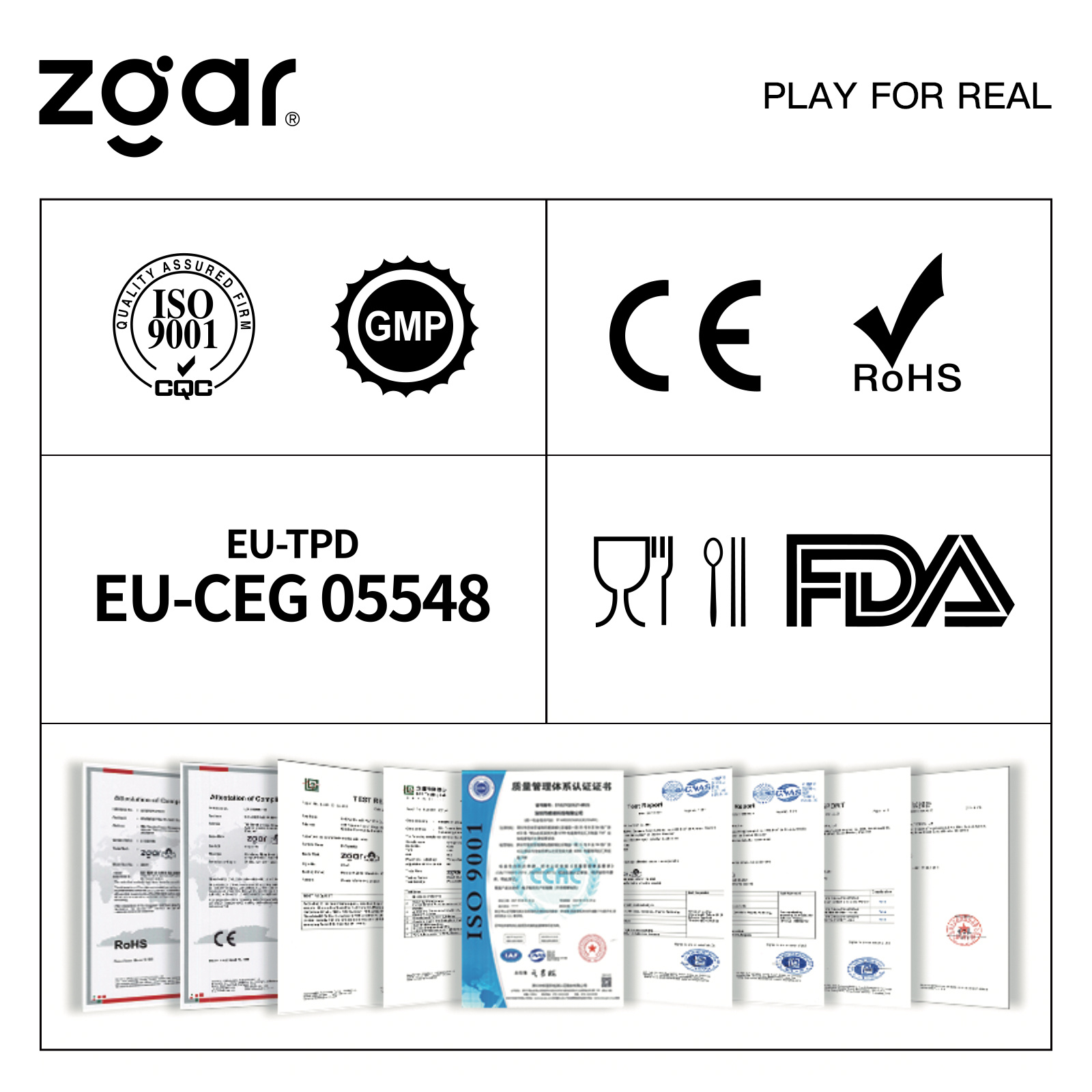
ZGAR FIT E-Cigarette Vape Pen,ZGAR FIT Device Vape,ZGAR FIT Vape Pen Atomizer,ZGAR FIT Disposable E-Cigarette OEM vape pen,ZGAR FIT electronic cigarette
ZGAR INTERNATIONAL(HK)CO., LIMITED , https://www.szvape-pen.com